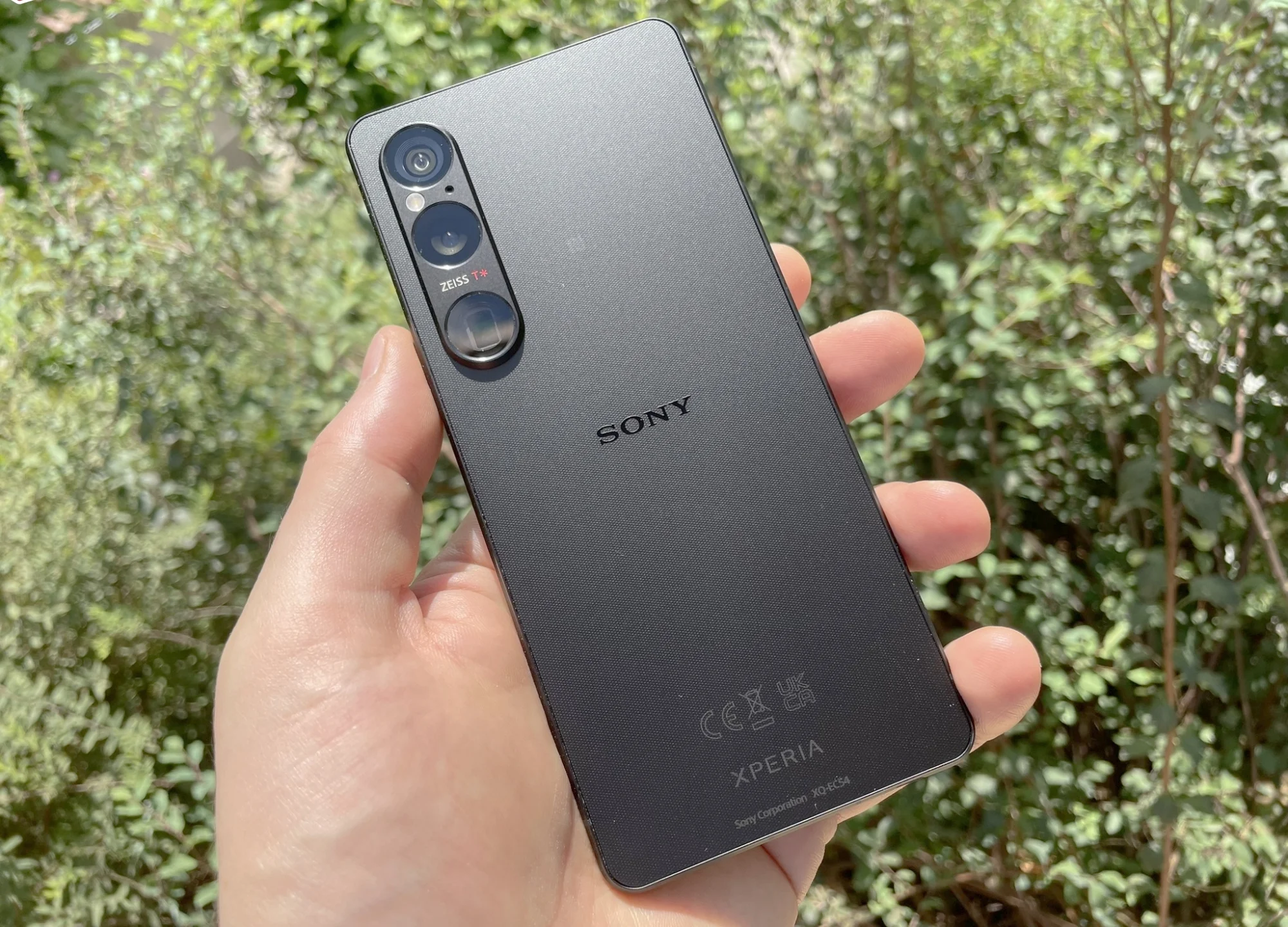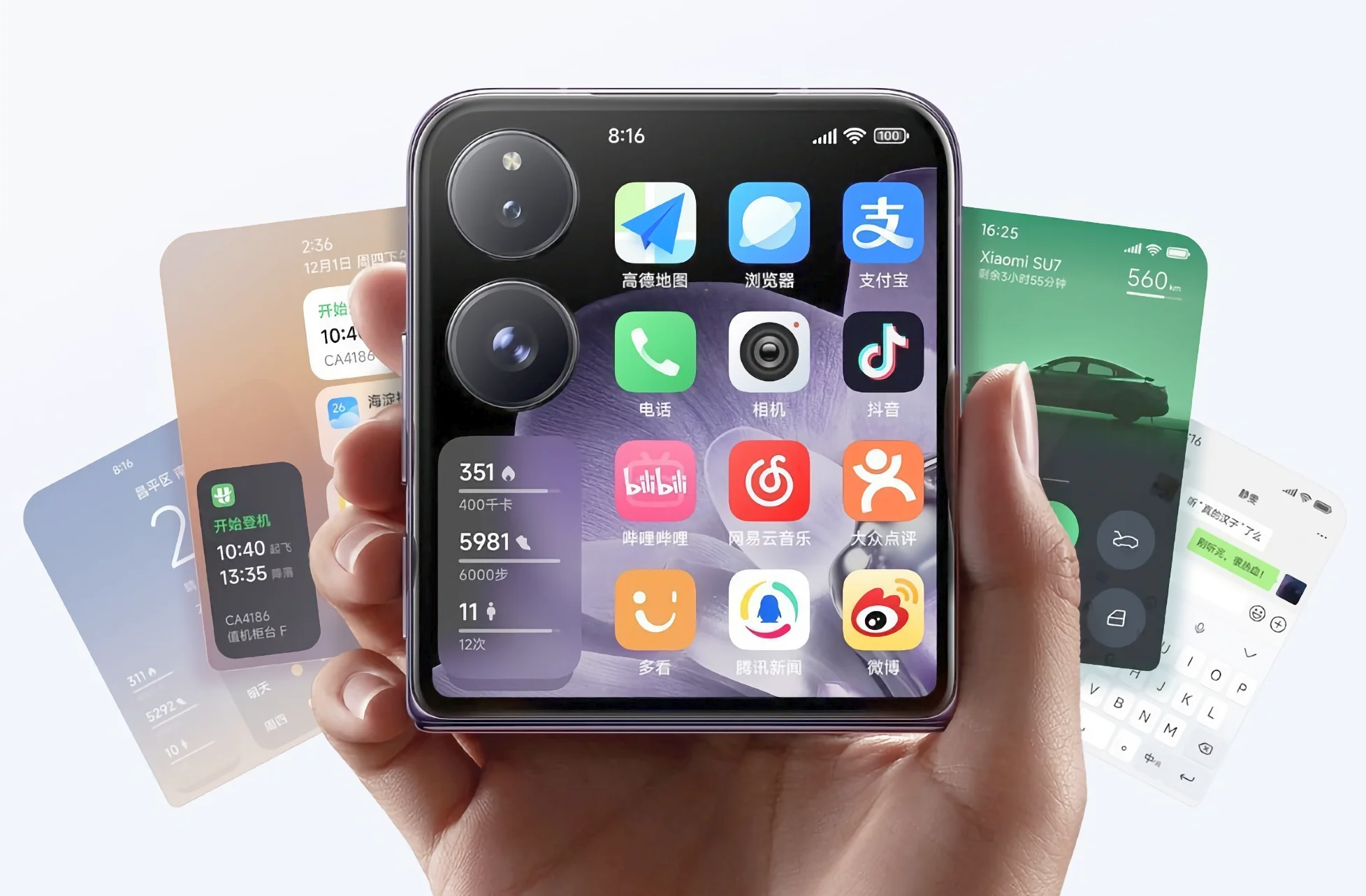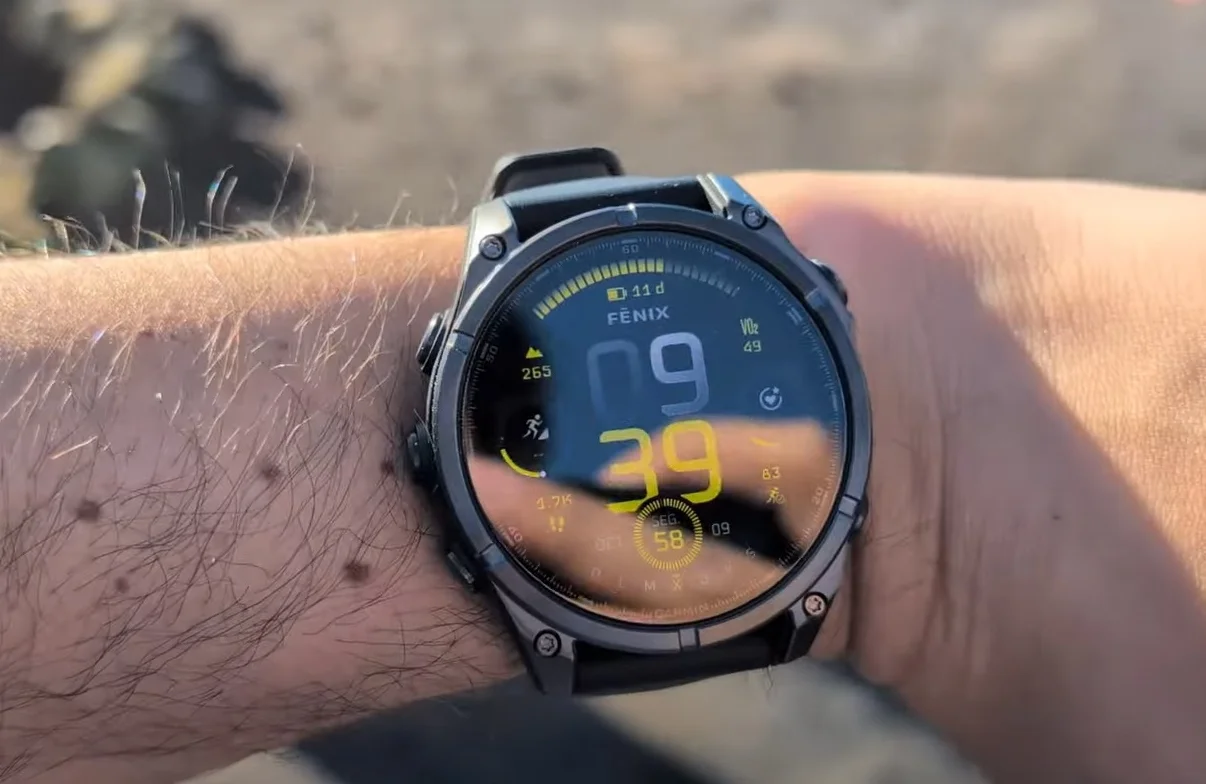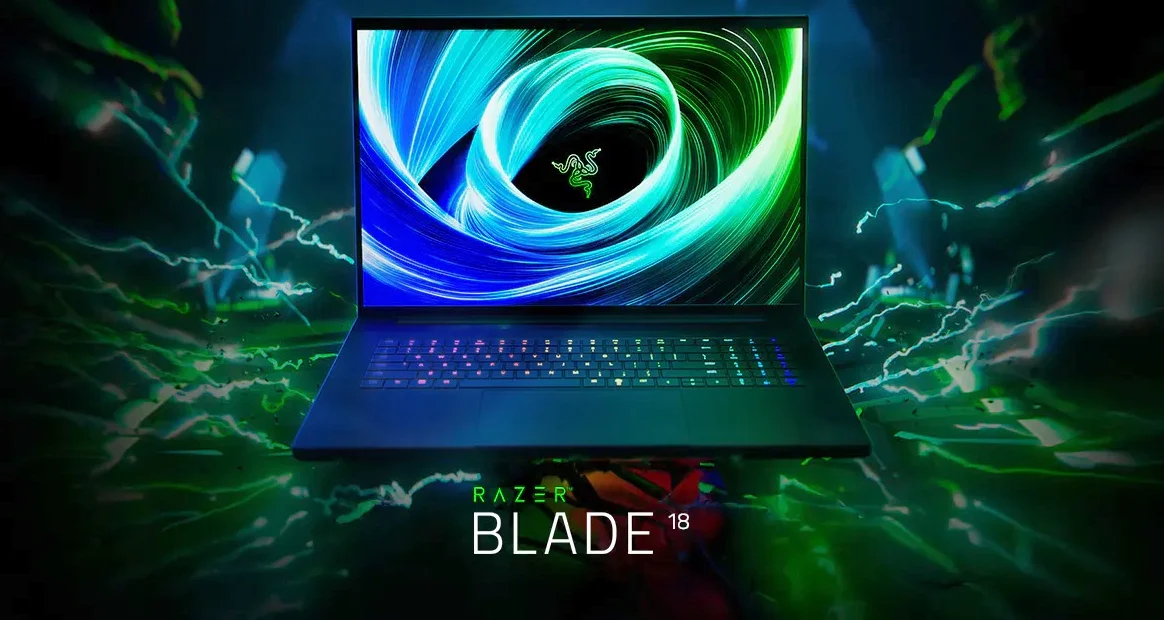I’ve been using the Sony Xperia 1 VI, carrying it around as if it were a professional camera. I think it deserves a place on the podium of the most exclusive mobile photography, not only for its sensors, but also for its unique software.
The Sony Xperia has always been one of the best-known models on the mobile phone market. I have tried the latest in this family, the Sony Xperia 1 VI, and I loved rediscovering this series, especially for its photography.
This phone is mainly aimed at content creation, from its exclusive sensors to Sony’s own applications for audio and video editing, without having to rely on third-party tools, not even for recording.
So, it is a phone that focuses on photography, although there are other aspects that I loved, such as its battery life or its screen, with values that I have not seen in other phones that exceed the 1,000 euro barrier, as is the case with the Sony Xperia 1 VI.
The Sony 1 Xperia VI supera a todos y agregas unas aplicacion extras
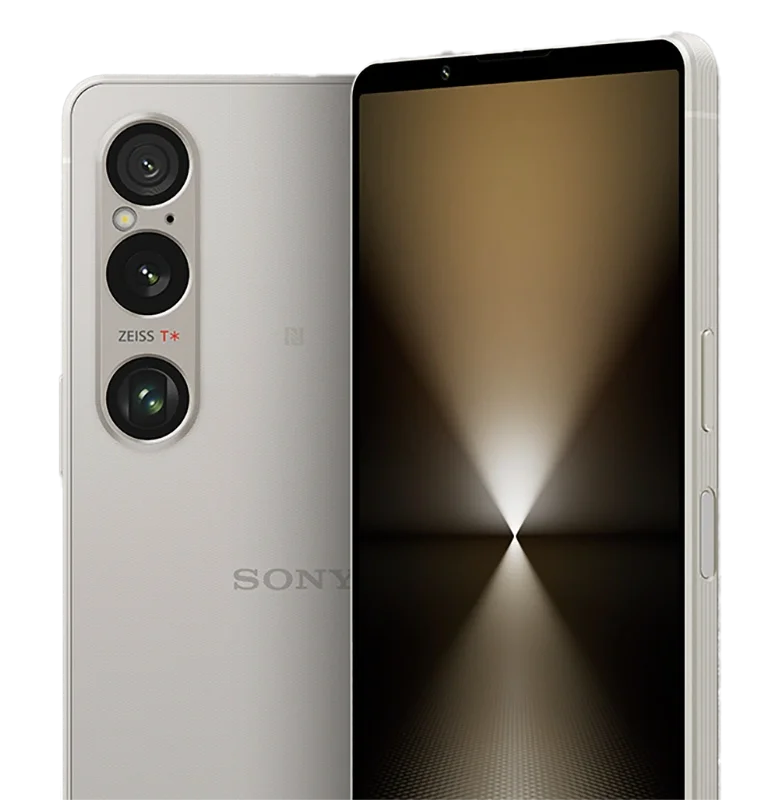
The design of the Sony Xperia 1 VI is one of the best I have ever come across. The materials feel like top of the range, without having anything to envy from other competing mobiles, although it comes with some features that make it special.
For example, it is an almost unique handset because it is very much aimed at professional photography enthusiasts; for this very reason, it has a button on the left-hand side for taking photos very easily, from which you can also focus if you press it lightly.
In addition, the unusual aspect ratio of its screen makes the mobile more rectangular. In any case, I took it with me on holiday and found it really comfortable to use as a camera.
However, it tends to stick out and slip in your pocket, especially considering that the box it comes in has no room for anything other than the Xperia itself: you won’t find a charger, cable or case.
I thought this was a very good idea, as you will have plenty of chargers at home, and it also allows you to manually remove (without a pin) the SIM and SD card holder, while leaving a space in the upper corner for a wired headset.
In terms of connectivity, it is top of the range so you won’t have speed problems; however, the fingerprint reader on the side did not convince me, due to the natural position of the hand when you pick up the phone.
So, I had problems unlocking it, as it is very difficult for it to recognize your fingerprint on the first try, having to unlock the terminal with the pin or pattern. In addition, it does not have facial recognition, something that I consider essential today.
I think that the fingerprint reader under the screen would have been a plus in terms of convenience, as it does not allow the mobile to be unlocked quickly.
Even so, its design is really nice and comfortable, except for what I mentioned about unlocking.
Sony knows exactly how to make good screens and add sound adapted to any situation
Sony has captured in the Xperia 1 VI everything it already does very well in its screens, which feature BRAVIA technology, with access to AI remastering to improve values such as contrast, color and clarity.
In this sense, its 6.5-inch OLED panel maintains a very peculiar aspect ratio of 19.5:9, mostly oriented to the visualization of content on social networks, on YouTube or directly to the creation of content for different platforms.
At first it may seem a little strange, but I think I’ve grown to love this aspect ratio as I’ve noticed that I can make better use of the panel, and Sony has added a screen without curves on the sides. So you won’t have any annoying reflections.
To make the device more energy efficient, its refresh rate can vary between 1 Hz and 120 Hz, something you will notice in the battery and which is applied to perfection.
Finally, I cannot finish without making special mention of its sound: at maximum volume it sounds like one of those speakers you might have at home, and you can choose the type of audio you listen to, from music to videos, with a very accomplished equalizer.
The Sony 1 Xperia VI outperforms other competing phones in power and adds exclusive recording and editing apps

The Sony Xperia 1 VI incorporates Qualcomm’s top-of-the-line processor, the Snapdragon 8 Gen 3, which can be seen in other top-of-the-range competitors, such as the Samsung Galaxy S24 Ultra or the recent Samsung Galaxy Z Flip 6.
According to static tests, the Sony handset is capable of outscoring the S24 Ultra, which is already very positive news for those looking for power in a mobile for gaming or demanding editing tasks, as in this case.
However, I have noticed that the temperature rises considerably when I spend a long time playing games, using the camera or editing. I have tried it in summer, so surely part of this heating is also due to the ambient temperature.
Be that as it may, it comes with 12 gigabytes of RAM, more than enough for you to notice it running smoothly when you have several processes open and, in no case, do applications close.
In terms of software, it is Android 14 with some Sony-only features, such as exclusive apps specially designed for content creators, video editors and image editors.
You will find apps such as Music Pro, designed for audio and video creation, with essential tools if you record with musical instruments or podcasts, as well as Video Creator, which is similar to apps such as CapCut.
The Sony Xperia 1 VI’s camera allows you to achieve professional results, although it is not for everyone
If there is one thing Sony can be proud of, it is its long history of mobile photography, incorporating elements that are not usually found in this type of device, but rather in professional cameras.
Thus, for this model the company has chosen to include ZEISS lenses calibrated specifically for the terminal, with a 21.3x hybrid zoom based on a 24 mm wide-angle camera, with HDR photography and multiple shooting in JPEG and RAW.
Here you can see the camera settings:

Angular 52-megapixel – with full aspect ratio – of which 48 megapixels are effective, with 1/1.35” Exmor T sensor for mobile phones, f/1.9 aperture, 24-millimeter focal length and 84° field of view.
Telephoto with 12-megapixel macro telephoto lens, 1/3.5” Exmor RS mobile sensor, aperture from f/2.3 (85 mm) to f/3.5 (170 mm), focal length from 85 mm to 170 mm and field of view from 28º (85 mm) to 15º (170 mm).
Wide angle 12 megapixel, 1/2.5” Exmor RS sensor for mobile phones, f/2.2 aperture, 16 mm focal length and 123º field of view.
Front-facing 12-megapixel, 1/2.9” Exmor RS sensor for mobile phones, f/2.0 aperture, 24 mm focal length and 83º field of view.
Here I am going to differentiate between shots in automatic shooting mode, with 6 creative filters for different situations, and shots in Pro mode, which is the mode that can make the most of these sensors. Here are some results in normal mode in photography
As you can see, these sensors are capable of capturing a lot of ambient light, and that is appreciated. However, in the camera interface you can only adjust the brightness and temperature, which causes some areas to be dark and others to almost burn out.
I think Sony could have adapted this interface from normal shooting with some features that do appear in professional mode, being able to adjust the same values that you would have in a professional camera.
In that case, photography changes completely, although you will need to know what each section means, something that may not be for everyone or for the average user, who prefers to use the automatic modes.
As you can see, the automatic shooting captures the light very well, so much so that if you look at the left side the photo is already overexposed, something that cannot be solved by lowering the brightness from the interface, as it darkens the shaded areas.
With Pro mode and a RAW format shot – the one you see here has been converted to JPG for technical reasons – the color appears as it is. In my case, I have chosen to use Pro mode for almost everything, beyond analysis.
Otherwise, it comes with an exclusive telephoto lens that allows you to access the macro without having to get within 2 centimeters of the subject, something I haven’t seen in any other mobile phone.
Finally, Sony also has a video recording feature specially designed for content creation, allowing access to 4K recording at 120 fps.
Here you can’t see it, as the platform reduces it to 60 fps; even so, you can see how its increases maintain the quality – with some noise at maximum – as well as not changing suddenly and breaking the image.
In this sense, I think it’s best to use a tripod. Here is a video I shot freehand with animals in motion.
It manages to achieve 2 days of autonomy, although you will have to wait longer than normal to charge it
This may be one of the best features of the Sony Xperia 1 VI, as its 5,000 mAh battery means the phone lasts more than 2 days without having to be charged.
I managed to achieve this figure with Bluetooth, location and Wi-Fi connected, using the camera a lot, so it could be a great travel companion if you prefer to carry.
If you choose to play video games or keep the screen active by watching videos on social networks and other platforms, this figure is reduced, although you will easily get through a day.
However, its charge is not the best, but it doesn’t matter. The terminal will be 100% charged in approximately one hour and 45 minutes, which means you will have to charge it at night. In addition, it does not include a charger or cable in the box, only the device.
Sony Xperia 1 VI Possibly your new phone
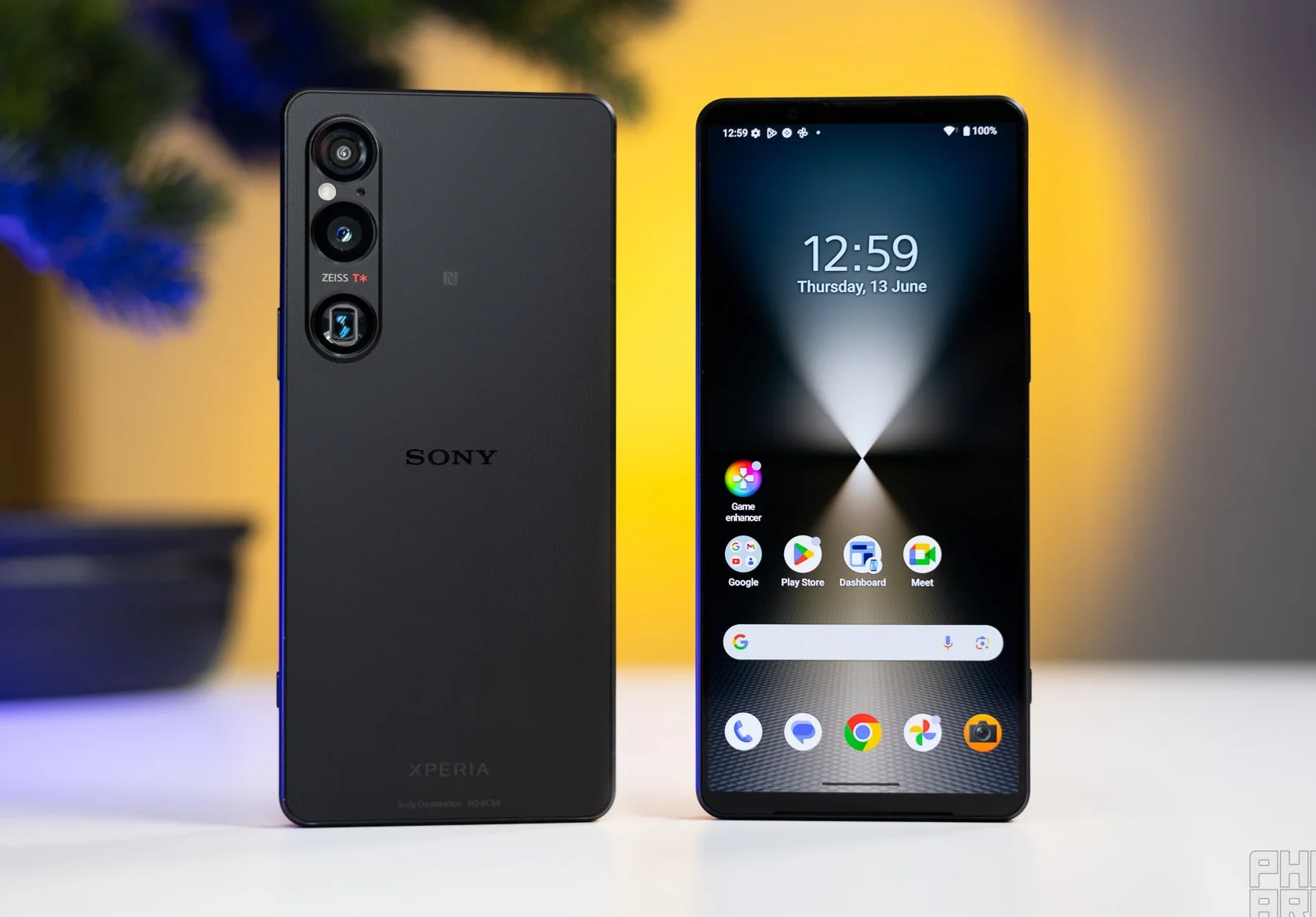
After several weeks with the Sony Xperia 1 VI, and having taken it with me on holiday to use it as a professional camera, I think this is one of the best features, although there are some drawbacks.
I don’t think it’s a phone aimed at the average user, as the best mode to use is Pro for photography, so you’ll have to learn how to operate a camera and what each value means. In this sense, if you use it well, you will notice that the results increase in quality considerably.
In addition, it has other features that have fascinated me, such as its autonomy of 2 days or more, and its audiovisual aspect, in which Sony has deployed all its heavy artillery.
However, it is a considerable investment to take into account, as it comes with a price tag of 1,399 euros, surpassing the great titans of the market. It won’t let you down at any time, although you will get more out of it if your work consists of content creation.

